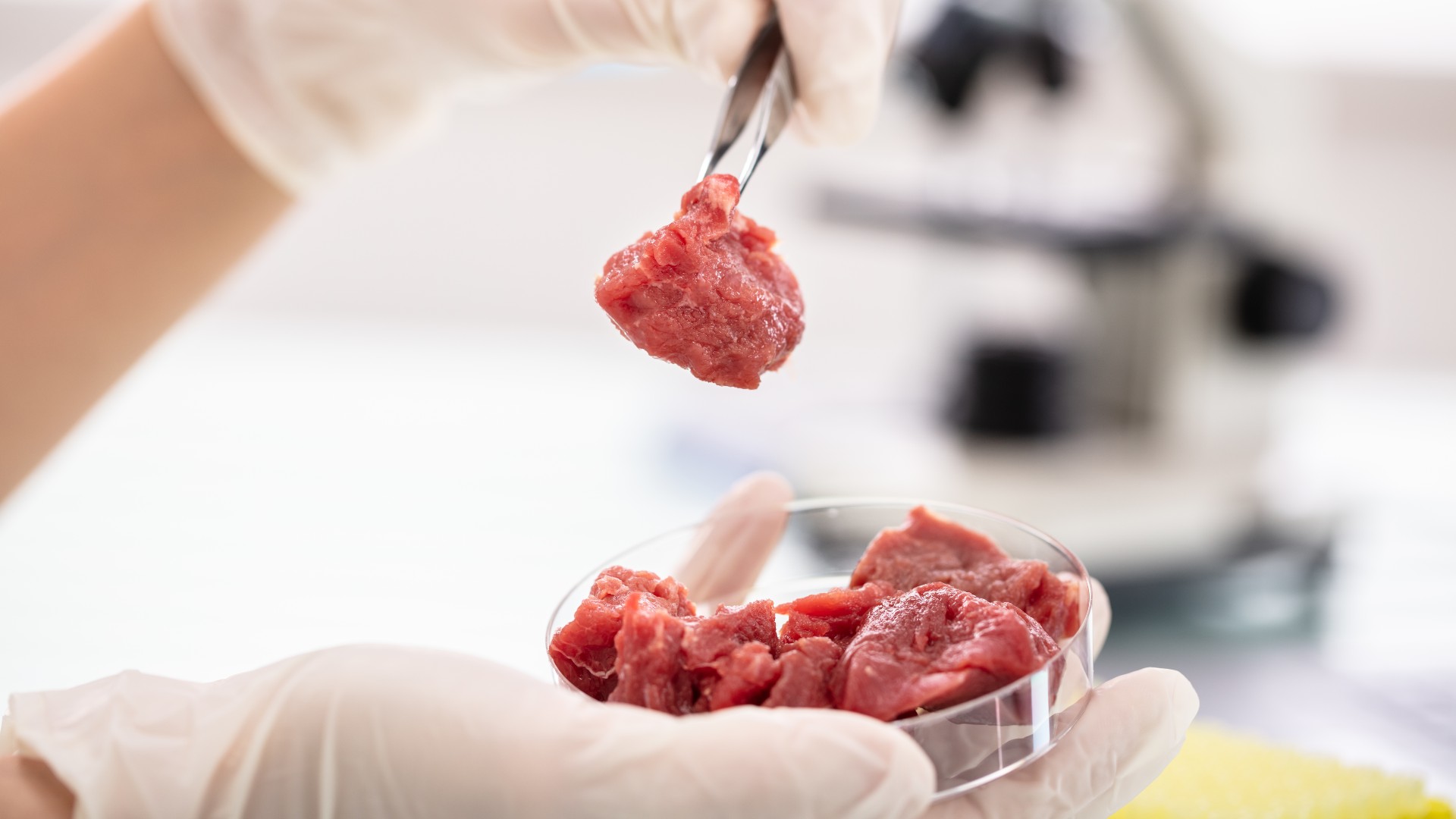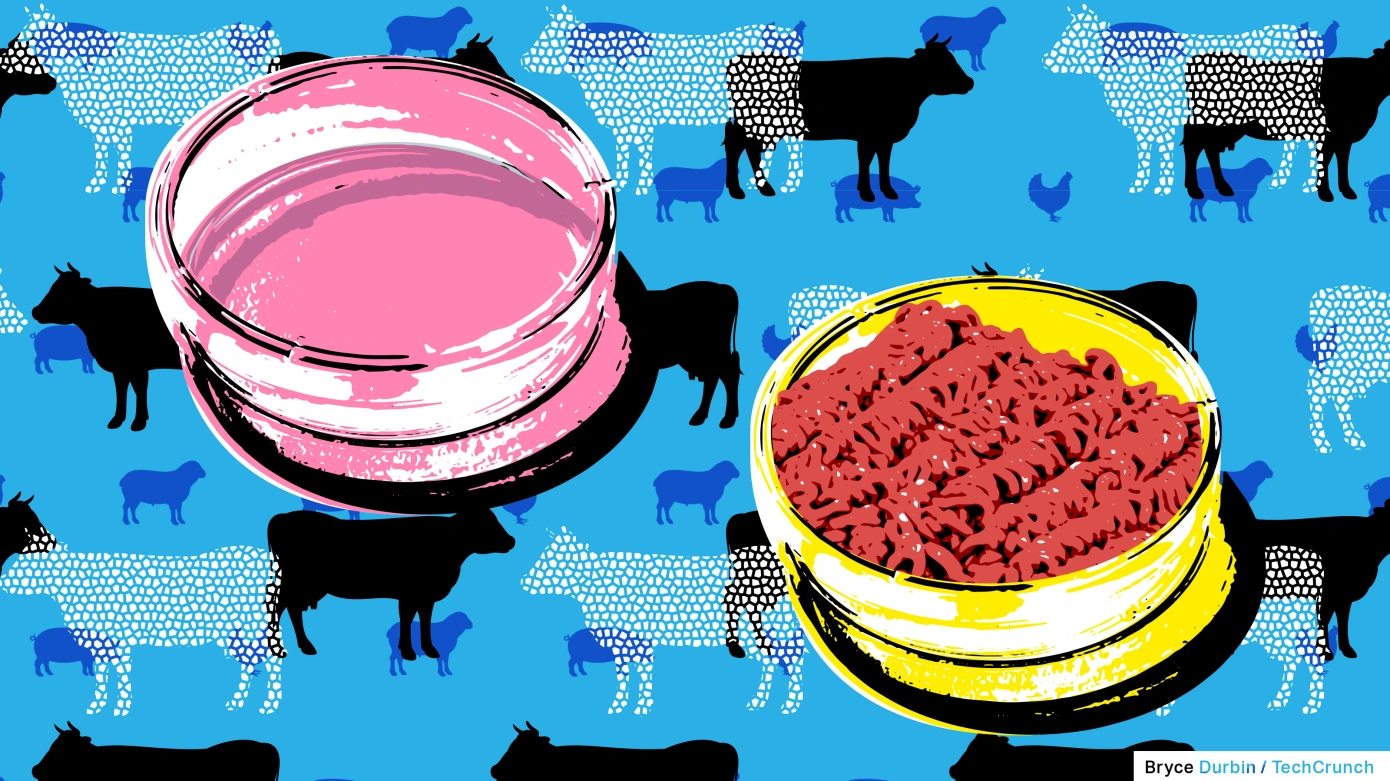By Zi Shan Kow
Lab-grown meat, also known as cellular agriculture, is a revolutionary concept that has the potential to transform the way we produce and consume meat. By growing meat in a laboratory setting, scientists can bypass the need for traditional animal farming, which is often associated with environmental degradation, animal welfare concerns, and resource inefficiency. One of the key advantages of lab-grown meat is its potential for cost efficiency.
Traditional meat production is a resource-intensive process that requires vast amounts of land, water, and feed. In contrast, lab-grown meat can be produced in a controlled environment, using a fraction of the resources required for traditional meat production. This reduction in resource usage has the potential to significantly lower the cost of lab-grown meat, making it a more affordable option for consumers.
One of the main cost drivers in traditional meat production is the need for large amounts of land. Livestock farming requires vast expanses of land for grazing and growing animal feed crops. This land could be put to more efficient use if lab-grown meat becomes a viable alternative. By growing meat in a laboratory, the need for land can be greatly reduced, freeing up valuable resources for other purposes.
Water is another resource that is heavily utilized in traditional meat production. Livestock farming requires large amounts of water for animal hydration, cleaning, and irrigation of feed crops. In contrast, lab-grown meat can be produced using significantly less water. The controlled environment of a laboratory allows for precise water usage, minimizing waste and reducing costs.

Feed is another significant cost driver in traditional meat production. Livestock farming requires vast amounts of feed, which often consists of crops such as corn and soybeans. These crops require extensive land, water, and energy inputs to grow. In contrast, lab-grown meat can be produced using a nutrient-rich culture medium, eliminating the need for large-scale crop production. This reduction in feed requirements has the potential to significantly lower the cost of lab-grown meat.
** Click here to read the full-text **










